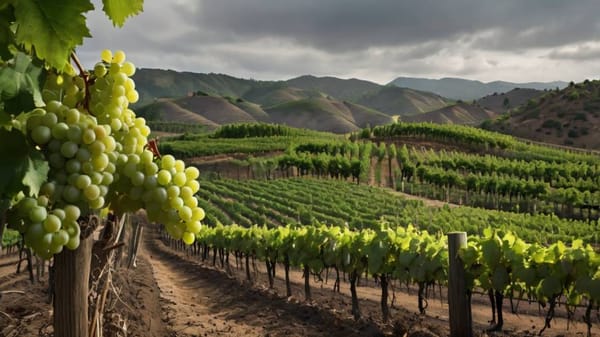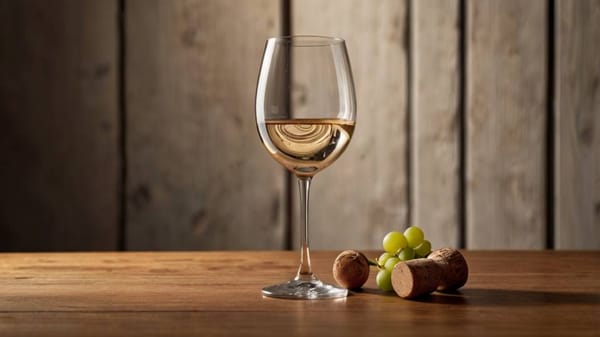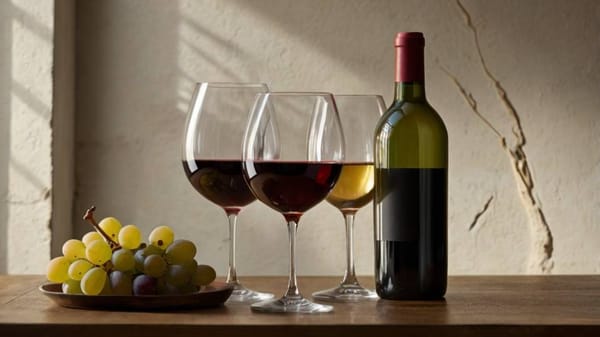The Meaning Behind “Old World” vs “New World” Wines
Old World vs New World wines—learn what the difference means for taste, style, and smarter wine choices. Sip with confidence every time.
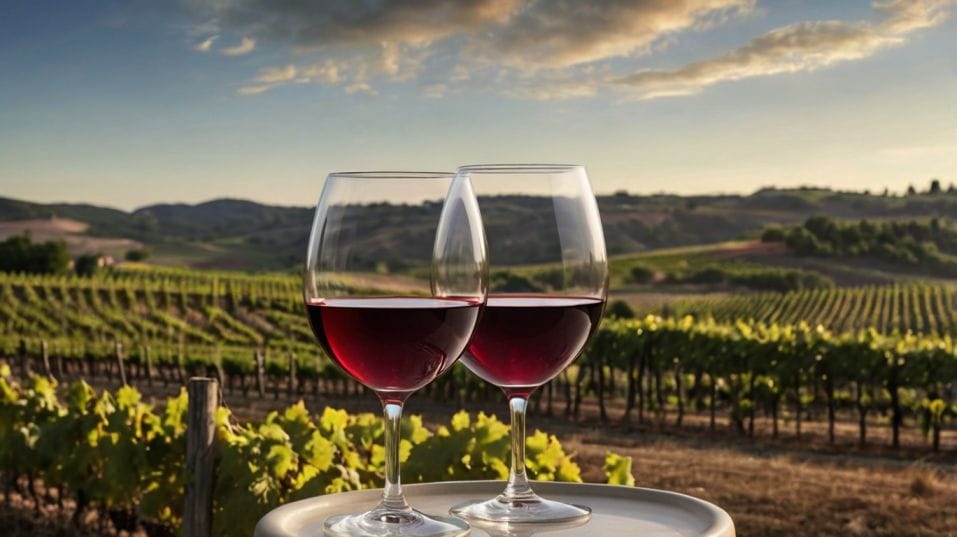
What can a wine’s origin really tell you? More than you think. The terms “Old World” and “New World” pop up everywhere in wine—but they’re more than geography.
They reveal how a wine was made, how it might taste, and even what kind of drinker it’s speaking to. Learning this simple distinction is one of the fastest ways to decode a bottle, trust your taste, and feel more confident in every sip.
The Geographic Divide—But Not Just Geography
At its simplest, Old World wines come from Europe and parts of the Mediterranean, where winemaking traditions go back thousands of years.
France, Italy, Spain, Portugal, Austria, Germany, Greece—these are the classic Old World players. Their histories aren’t just long—they’re deeply codified.
Rules, customs, and classifications shape nearly every decision, from which grapes are allowed to how wines are aged and labeled.
New World wines come from countries where wine was introduced through colonization and global trade.
That includes the United States, Australia, New Zealand, South Africa, Argentina, Chile, and more recently, countries like China and Canada.
Here, winemaking is younger, more flexible, and often more focused on innovation or personal expression than strict tradition.
But this isn’t just a map. It's a mindset. Old World wines typically reflect a philosophy of place first, winemaker second. New World wines often flip that: winemaker first, place second. Both have value, but they speak different languages.
The Flavor Profiles—How You’ll Actually Taste the Difference
This is where it gets useful. In the glass, the difference between Old and New World styles is often dramatic—and often tied to climate and culture.
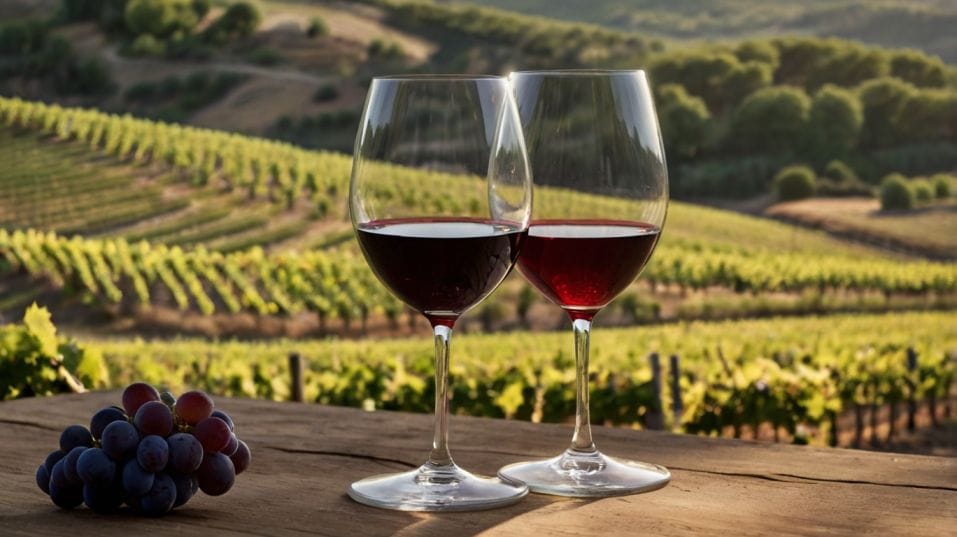
Old World Wines
Old World wines tend to be lower in alcohol, higher in acidity, and more restrained in fruit. You’ll often find earthy, mineral, herbal, or savory notes standing out more than overt ripeness.
These wines can seem tighter, more structured, sometimes even austere—especially when young. But they reward patience and food pairing.
They unfold over time, and they rarely shout. Think a red Burgundy, a Rioja Reserva, or a dry German Riesling.
New World Wines
New World wines, grown in warmer climates with longer, sunnier seasons, often deliver bigger fruit, rounder textures, and more obvious ripeness.
You’ll get bolder flavors, higher alcohol, and softer tannins. Winemakers may use more oak, aiming for richness or a signature style.
These wines tend to show their cards right away—and for a new wine drinker, that can be both exciting and accessible. Think Napa Cabernet, Mendoza Malbec, or Barossa Shiraz.
Neither approach is “better,” but they ask different things of you. Old World wines often ask for context—food, time, attention. New World wines meet you where you are. Knowing the difference helps you pick the right wine for the right moment.
Technique, Tradition, and the Role of the Winemaker
Old World winemaking is often driven by rules—sometimes enforced by national law or protected by international designation.
Many of these rules are designed to preserve authenticity: certain grapes can only be grown in certain regions, and winemakers must follow specific aging requirements or fermentation techniques.
This can make Old World wines feel predictable in the best sense—if you know the region, you can trust the bottle.
That also means the village often matters more than the producer. A Barolo from Piedmont tells you something even if you’ve never heard of the winemaker.
The structure and style are often built into the place itself. New World winemaking, by contrast, is far less bound by regulation.
That freedom allows for personal expression, creative blends, and cutting-edge techniques—everything from temperature-controlled stainless steel tanks to wild yeast fermentation and carbonic maceration.
Many New World producers treat the vineyard like a canvas: each vintage becomes a new interpretation. Labels might highlight a single vineyard, a specific clone, or even the artist-like vision of the winemaker.
This freedom can produce thrilling wines—but it also means there’s more variability.
Two Syrahs from California can taste completely different depending on who's making them. So if you’re exploring New World wines, start paying attention to individual producers.
What It Means for You When Buying or Tasting
Whether you're choosing a bottle in a shop, ordering a glass at dinner, or building out your home wine rack, understanding the Old vs New World lens can help you skip the guesswork.
You don’t need to memorize grapes or vintages—you just need to read the cues.
Old World Guidance
If you're in the mood for something refreshing, lean, and food-driven, try an Old World white: a Chablis, a Vinho Verde, or a Verdicchio.
These wines often have mouthwatering acidity, modest alcohol, and subtle, stony flavors that make them shine with seafood, vegetables, or creamy dishes.
New World Guidance
Looking for something bold, plush, and satisfying on its own? Reach for a New World red: maybe a Zinfandel, a Chilean Carmenère, or a Sonoma Pinot Noir. These are wines that often don’t need food—they are the main event.
Compare and Learn
And when you want to compare, try tasting two wines made from the same grape—say, a French Syrah from the Northern Rhône and a Shiraz from South Australia.
You’ll start to see how climate, culture, and winemaking choices shape the outcome in radically different ways.
The Gray Area—When Worlds Blur
It’s worth noting: not every wine fits neatly into these categories. Plenty of New World winemakers work with Old World restraint. And plenty of European producers are pushing boundaries, using modern tools or global techniques.
You’ll find elegant, terroir-driven wines in Oregon or Central Otago. You’ll find fruit-forward, approachable wines in Southern Italy or coastal Spain. Wine is always evolving—and these broad terms are starting points, not final answers.
But the Old World vs New World framework is still one of the most useful tools in your kit. It helps you ask better questions, trust your preferences, and spot patterns you might otherwise miss.
Final Thoughts
Old World and New World aren’t just categories—they’re entire approaches to wine. One emphasizes tradition, restraint, and the deep influence of place.
The other leans into expression, freedom, and the bold character of ripe fruit. Neither is “right.” But understanding the difference makes you a smarter taster and a more confident buyer.
So here’s your next move: pick a grape you like—Sauvignon Blanc, Pinot Noir, Syrah, whatever you’re into. Then find one bottle from the Old World and one from the New.
Pour a glass of each. Taste slowly. Notice the texture, the aroma, the energy. Let the contrast guide you.
The more you explore, the more these terms become tools—not just labels. Use them to sharpen your taste, refine your ritual, and discover what really speaks to you in the glass.

